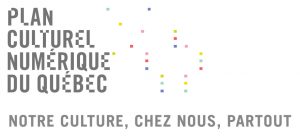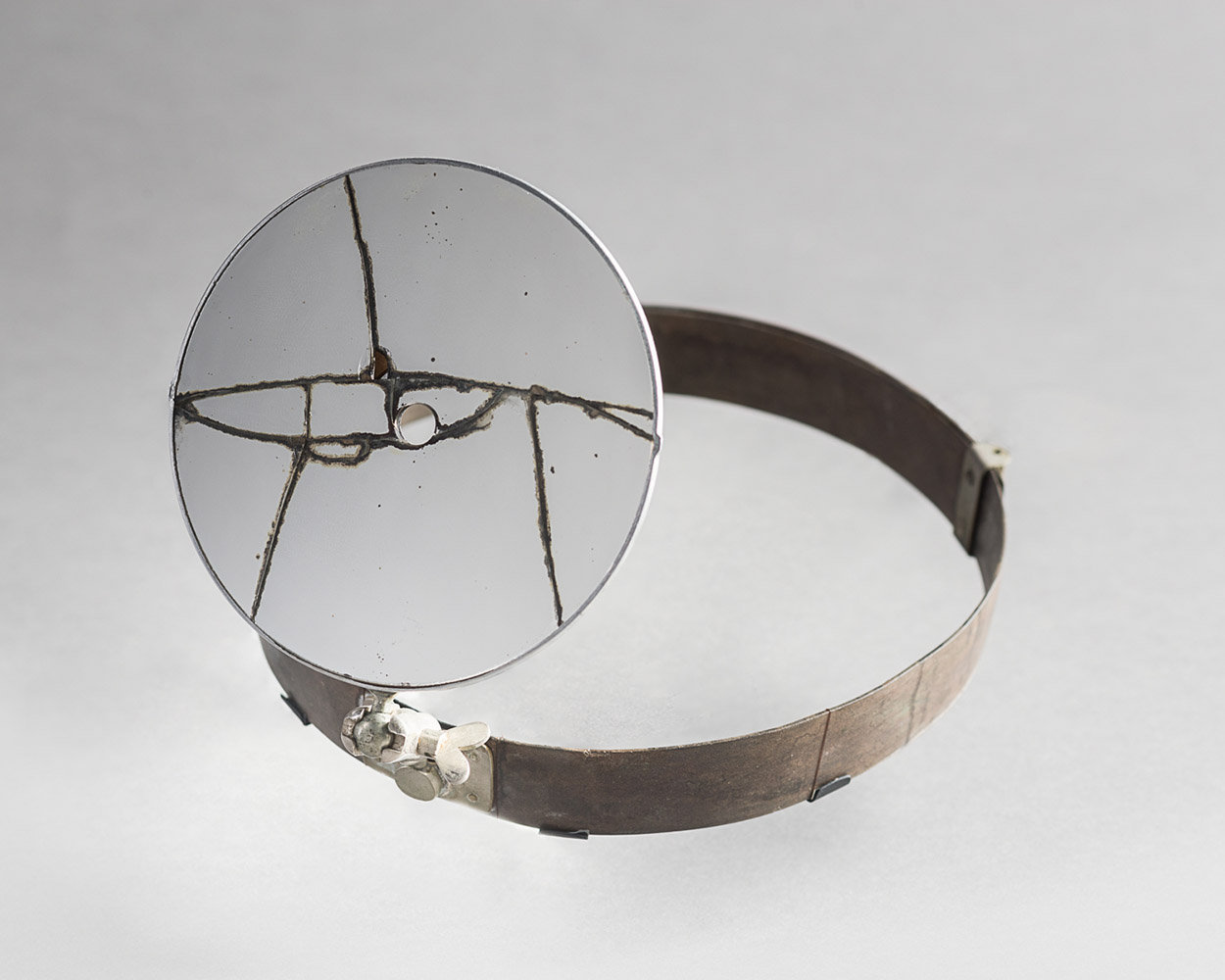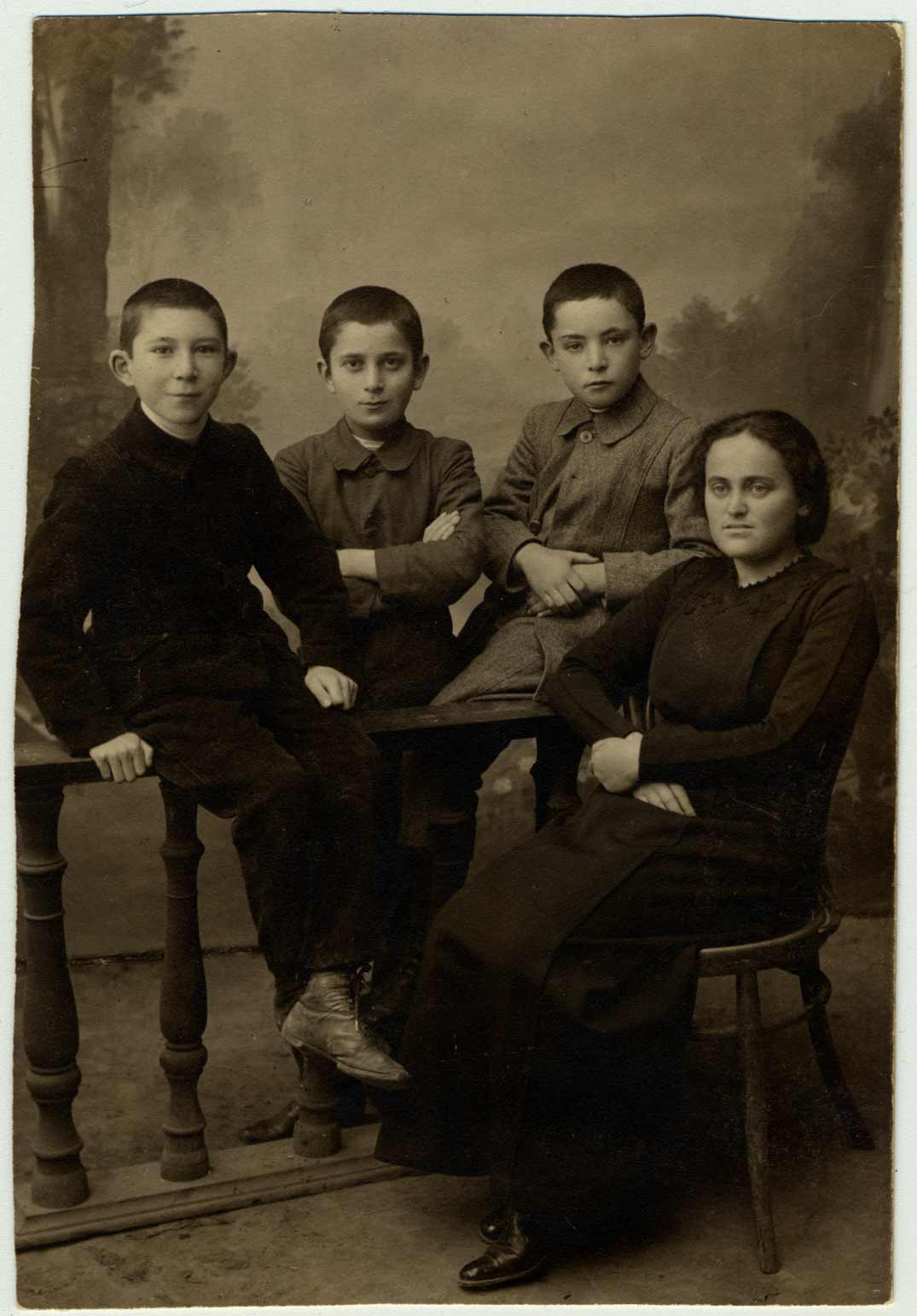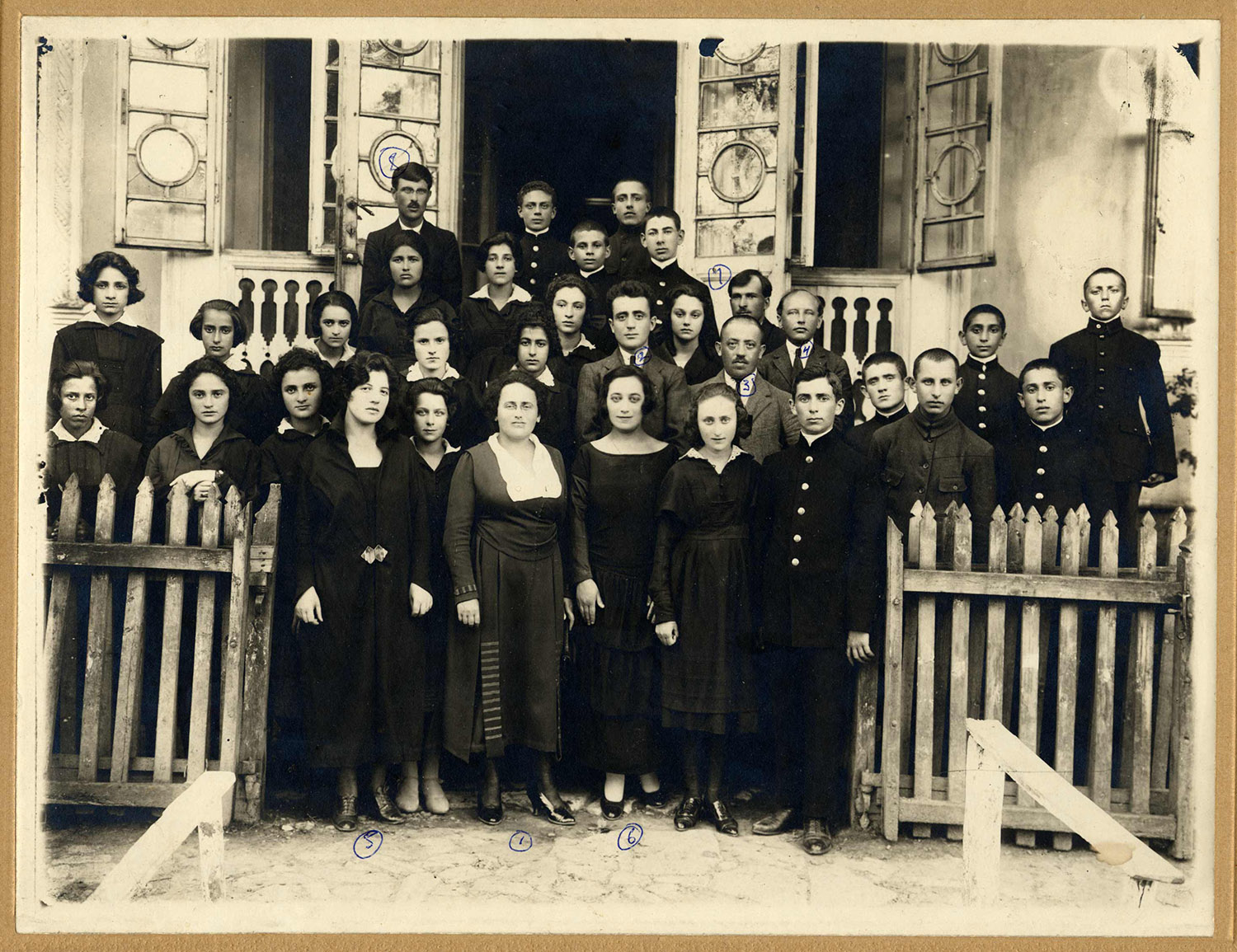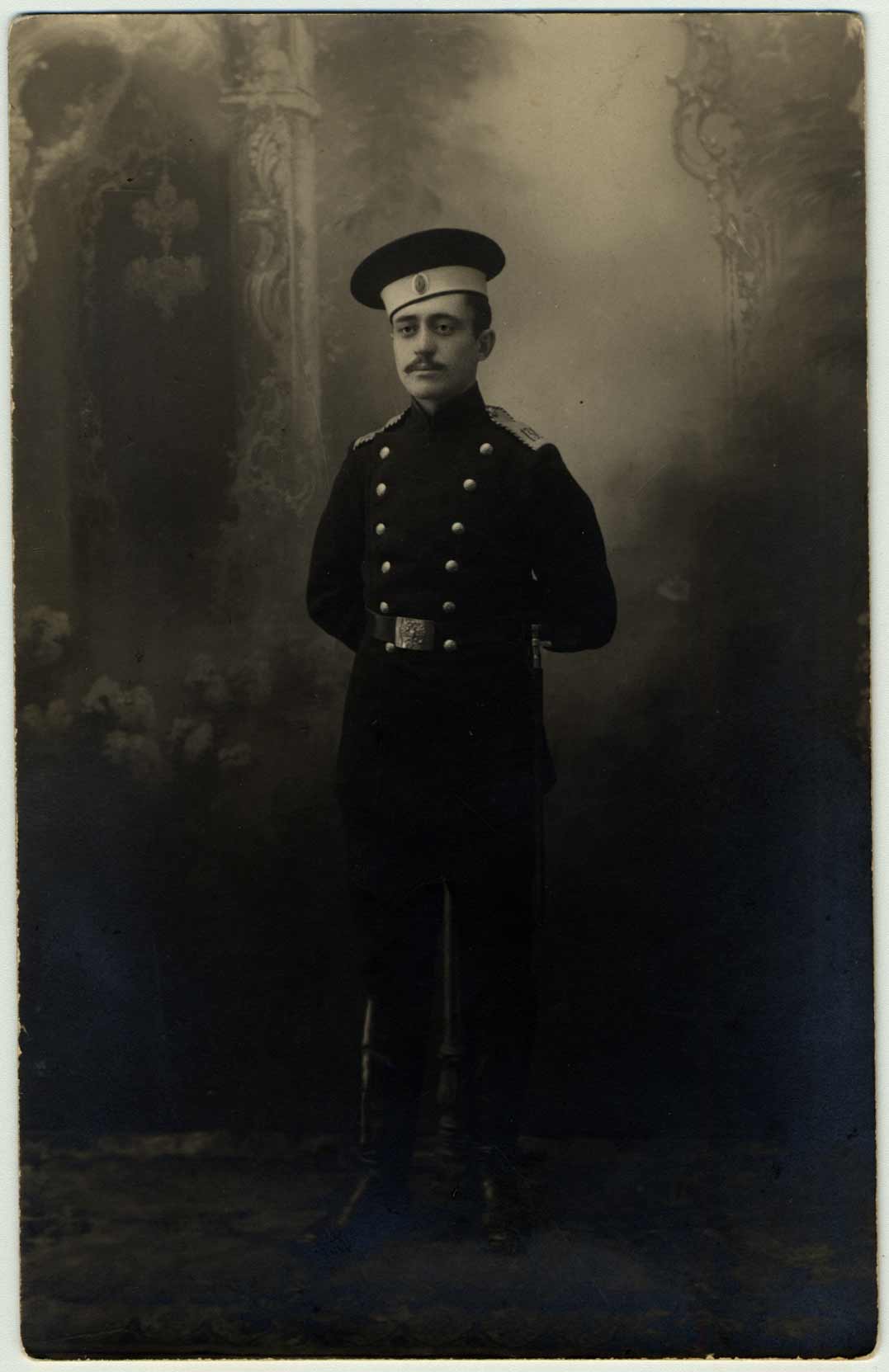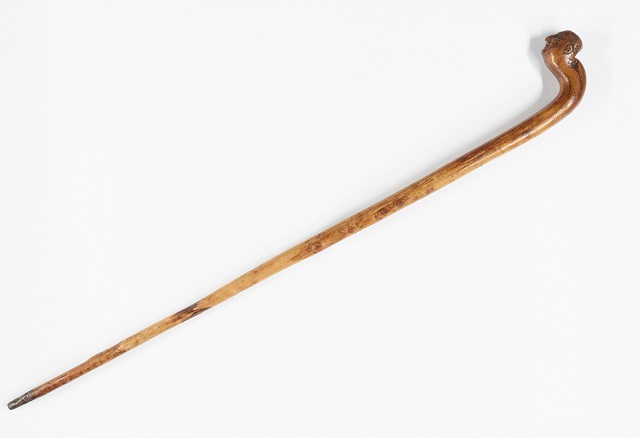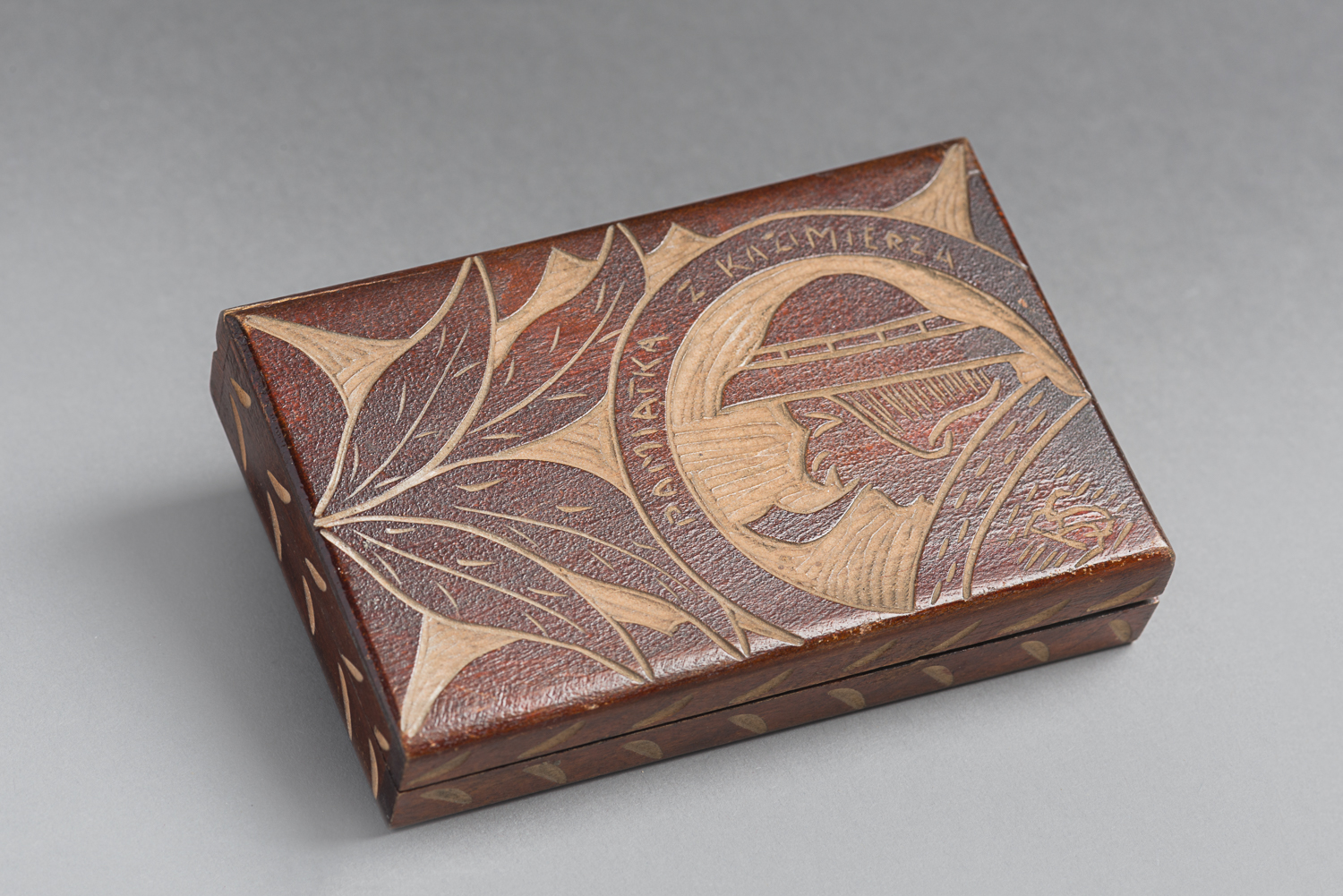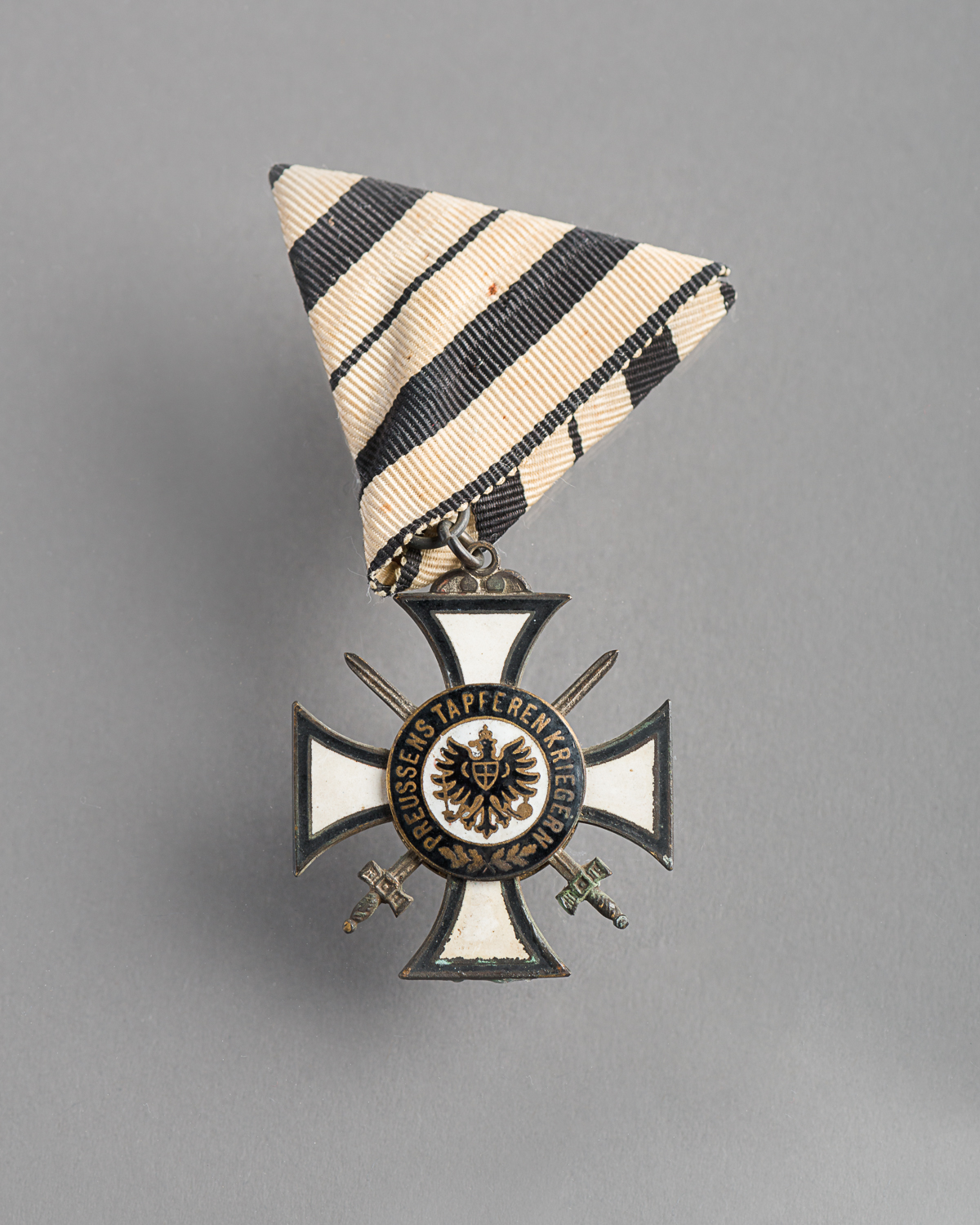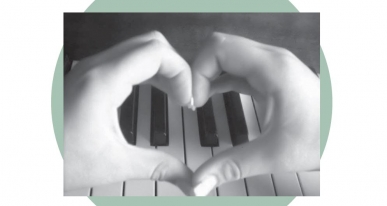This round head-mirror was a medical tool used by Ginda Rosenblatt. She was a doctor in the Russian army during World War I.
Ginda Rosenblatt : A Woman Doctor in the Russian Army
Ginda Rosenblatt, a graduate of the Medical Institute for Women of Saint-Vladimir’s University, Ukraine, served in the Russian army in 1917. She was assigned to the 266th regiment. Faced with economic and transportation difficulties, the regiment decided to demobilize at the end of 1917. Dr. Rosenblatt and her colleague Henryk Zamenhof diagnosed soldiers with heart ailments, despite their good health, to justify being discharged. Ginda herself was diagnosed and received an honorable discharge in 1918.
Ginda reunited with her husband Abraham Rosenblatt in Kiev before leaving for Romania. Her family immigrated to Toronto in 1934. Although she fulfilled the requirements for an M.D. degree at the University of Toronto, she chose to devote the rest of her career to social work.
Her daughter Shena Sourkes donated this object to the Montreal Holocaust Museum.
Collective memory, family history: Rosie Goldstein’s involvement
Rosie Goldstein, a volunteer Museum guide since 2019 and one of the “Objects of Memory” project participants in the, tells us about the history of Dr. Ginda Rosenblatt’s mirror in this video.
This project is part of the implementation of the Plan culturel numérique du Québec.
